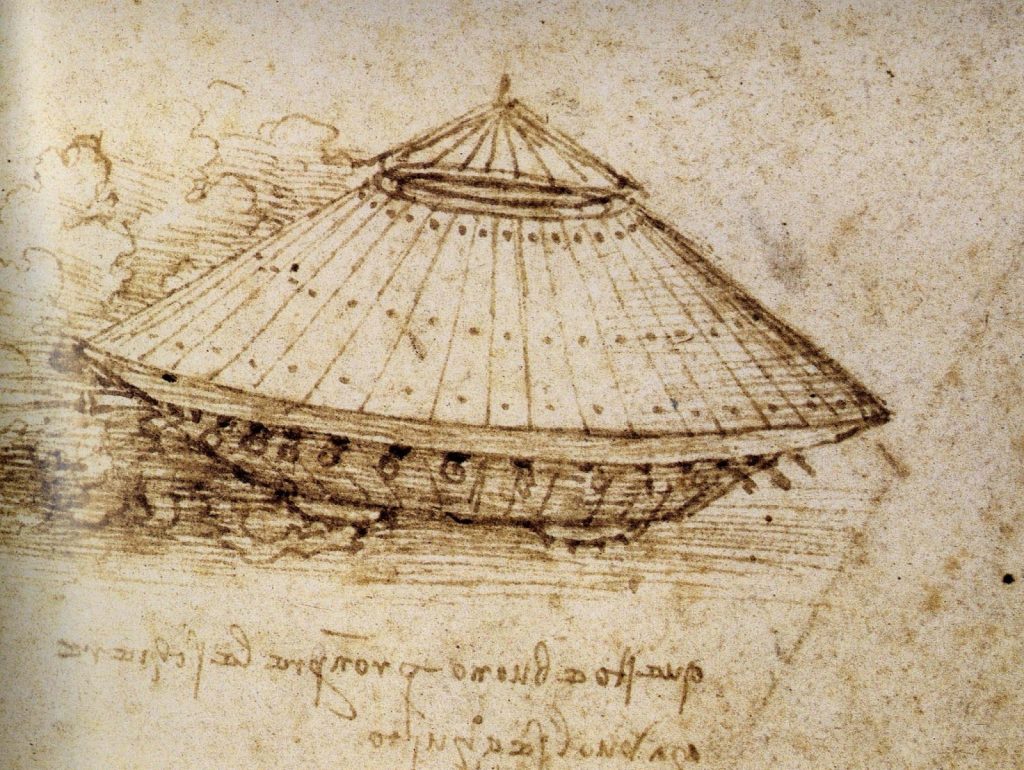Dreadnaught

The ultimate engine of destruction, feared by friend and foe alike, this breathtaking contraption could best be described as a rolling fortress.
Ultimate Equipment Guide II
Author Greg Lynch, J. C. Alvarez
Publisher Mongoose Publishing
Publish date 2005
Its main body is a 16-foot tall, 30-foot long bunker made of iron-shod wood, with enough space for a small army inside its fortified walls; this army can make ranged attacks via several arrow-slits and other openings all along the vehicle’s structure. This small fortress is mounted on six enormous stone wheels, connected to an ingenious pedal system allowing the machine to move without being pulled. In addition, a dreadnaught has at least two rotating tower ballistae, one at its front and another on top of the vehicle, although additional ballistae can be easily added. Each of these ballistae is fitted with additional wooden and steel covers, giving extra protection to the character manning it. With 12 soldiers dedicated to moving the machine forward, the remainder can freely and safely attack from the arrow-slits and rotating ballistae, making a dreadnaught nearly invincible in battle.
Dreadnaughts are an invention of the siegemaster, although he admits having had a lot of influence from dwarven and gnomish engineers; regardless of who actually invented them, so far only the siegemaster sells plans and materials for building dreadnaughts.
A typical dreadnaught is a Huge or Gargantuan object, with a hardness of 12 and 640 hit points. It can be pedalled at a base movement speed of 20 feet on even ground, halving the speed when on uneven or otherwise difficult surfaces. It usually has two ballistae, which perform as tower ballistae except they grant cover to the wielder. Any character aboard a dreadnaught, other than the 12 crewmen pedalling its wheels, can make ranged attacks from inside the vehicle, including those manning the rotating ballistae. Characters manning the dreadnaught’s ballistae have cover (+4 cover bonus to Armour Class); all other characters aboard the vehicle have total cover (cannot be attacked), though they can freely attack themselves. The only entrance to a dreadnaught is on the vehicle’s roof, nearly 20 feet above the ground.
A dreadnaught can also be used to make trample attacks; any creature on the direct path of a moving dreadnought (a 20-foot square area) suffers 2d8+12 points of bludgeoning damage, with a Reflex save (DC 28) allowed for half damage. A creature can forfeit this Reflex save in order to be allowed an attack of opportunity against the trampling dreadnaught.
Dreadnaughts are of little use against a fortress, lacking any means of dealing significant structural damage; therefore, they are often used as army busters, set loose upon enemy infantry and cavalry. In competent hands, a single dreadnaught can disperse a whole army with little or no casualties. Alternatively, a dreadnaught’s ballistae can be replaced with siege pincers. All of a dreadnaught’s ballistae must be removed to do this.
A dreadnaught requires at least 12 crewmen to man the pedals, plus at least two crewmen to provide navigation and steering instructions. Each rotating ballista requires at least one additional crewman. In addition to these basic crew needs, a dreadnaught can hold up to 24 additional crewmen, All added crewmen (usually 24) can make ranged attacks from the various slits and openings all along the dreadnaught’s structure, while retaining their cover bonuses.
Dreadnaught: 48,000 gp; Damage/Critical/Range as tower ballista or according to ranged weapon type; Typical Crew 40

 Buy me a coffee
Buy me a coffee